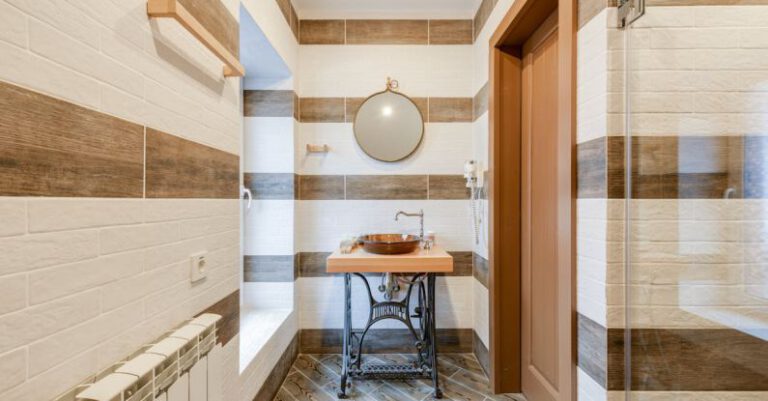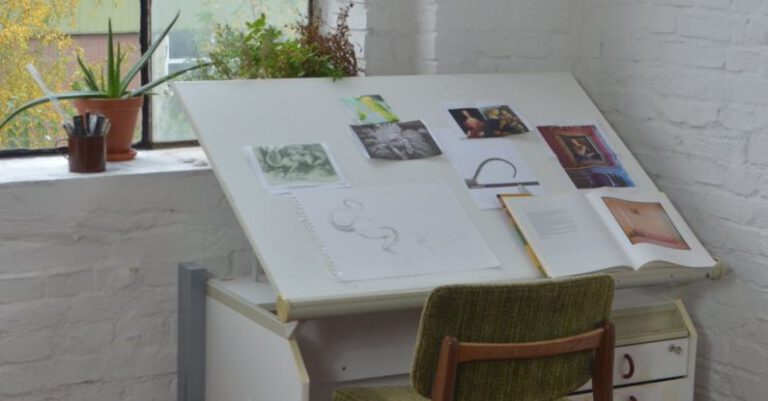What’s the Easiest Way to Create a Chalkboard Wall?
Creating a chalkboard wall in your home can add a touch of creativity and functionality to any space. Whether it’s in the kitchen for jotting down grocery lists, in the kids’ room for endless doodling, or in the office for brainstorming ideas, a chalkboard wall is a versatile and fun addition to your decor. But the thought of tackling such a project might seem daunting. Fear not! Here, we’ll explore the easiest way to create a chalkboard wall without breaking a sweat.
Choosing the Right Wall
The first step in creating a chalkboard wall is selecting the right surface. Ideally, you want a smooth and flat wall that is free of imperfections. While any wall can be transformed into a chalkboard surface, it’s best to choose a wall that doesn’t receive direct sunlight as this can cause the chalk to fade over time. Additionally, consider the location of the wall – you want it to be easily accessible and visible to maximize its utility.
Preparing the Surface
Before you can start painting your wall with chalkboard paint, it’s essential to prepare the surface properly. Start by cleaning the wall thoroughly to remove any dust, dirt, or grease. If there are any imperfections such as holes or cracks, fill them in with spackling compound and sand the surface smooth. Once the wall is clean and smooth, use painter’s tape to mask off any areas you don’t want to paint, such as baseboards or trim.
Applying the Chalkboard Paint
Now comes the fun part – painting your wall with chalkboard paint. There are various types of chalkboard paint available on the market, ranging from traditional black to a wide array of colors. Choose a paint that suits your aesthetic and follows the manufacturer’s instructions for application. Typically, you’ll need to apply at least two coats of chalkboard paint, allowing each coat to dry completely before applying the next. Use a high-quality paint roller to ensure smooth and even coverage.
Seasoning the Chalkboard
Once the chalkboard paint has dried completely, it’s crucial to season the surface before writing on it. To season a chalkboard wall, take a piece of chalk and rub it horizontally and vertically across the entire surface. This helps to create a base layer of chalk that will prevent any ghosting or staining when you erase your drawings later on. After seasoning the chalkboard, use a dry cloth or chalkboard eraser to remove the excess chalk dust.
Maintaining Your Chalkboard Wall
Congratulations, you now have a fully functional chalkboard wall in your home! To keep it looking its best, it’s essential to maintain it properly. Avoid using liquid chalk markers as they can be difficult to erase and may leave stains on the surface. Stick to traditional chalk sticks for writing and drawing on your chalkboard wall. To clean the chalkboard, simply use a damp cloth or chalkboard eraser to wipe away any markings.
In Summary
Creating a chalkboard wall doesn’t have to be a complicated or time-consuming process. By choosing the right wall, preparing the surface, applying the chalkboard paint, seasoning the chalkboard, and maintaining it properly, you can have a fun and functional addition to your home in no time. So go ahead, unleash your creativity, and transform a boring wall into a dynamic space for endless doodles and notes.





